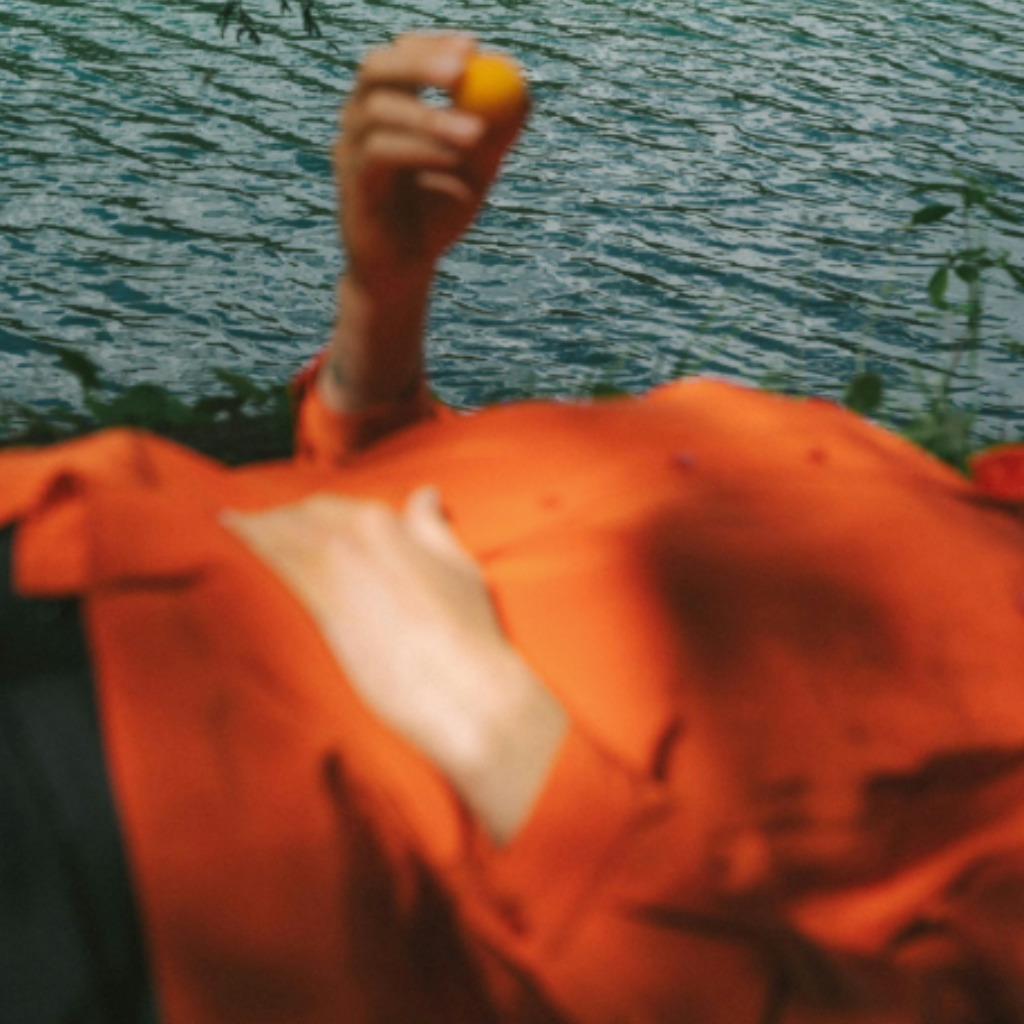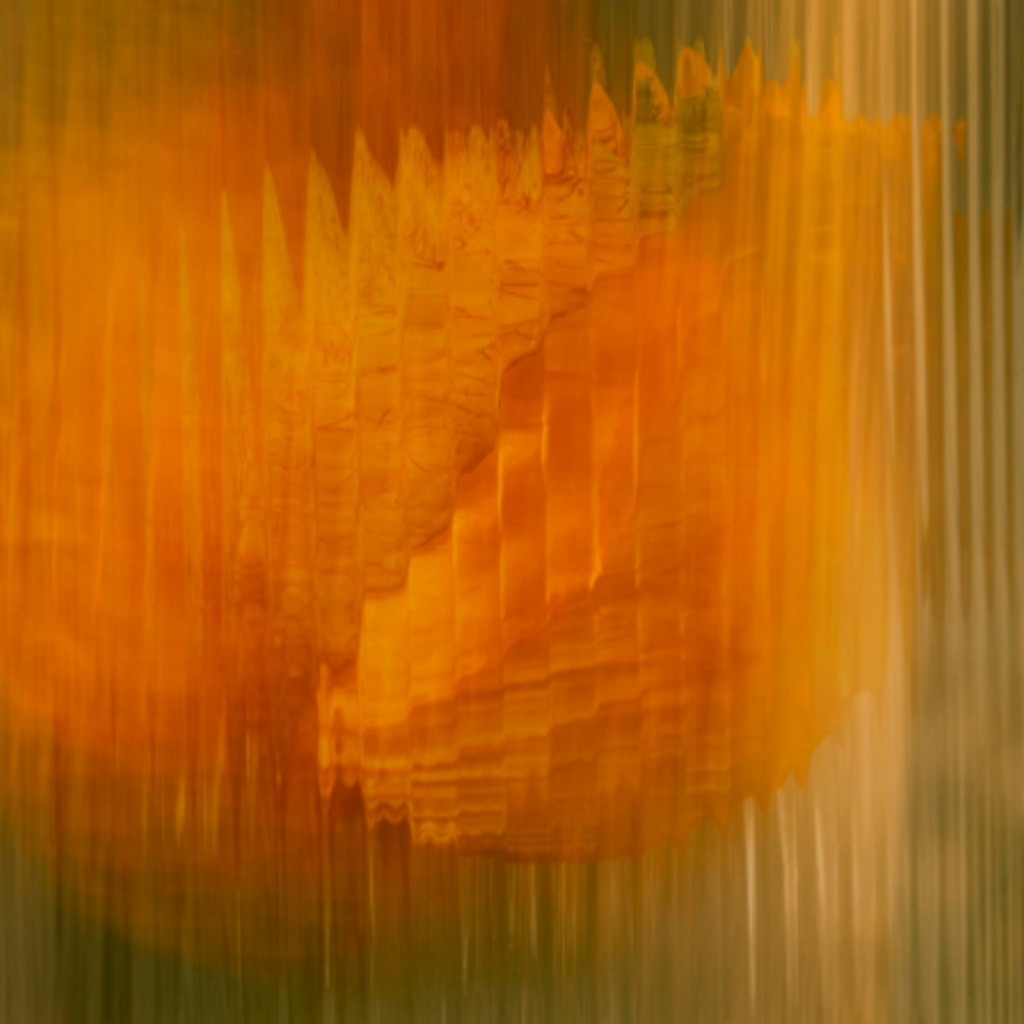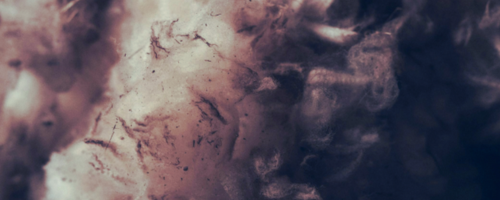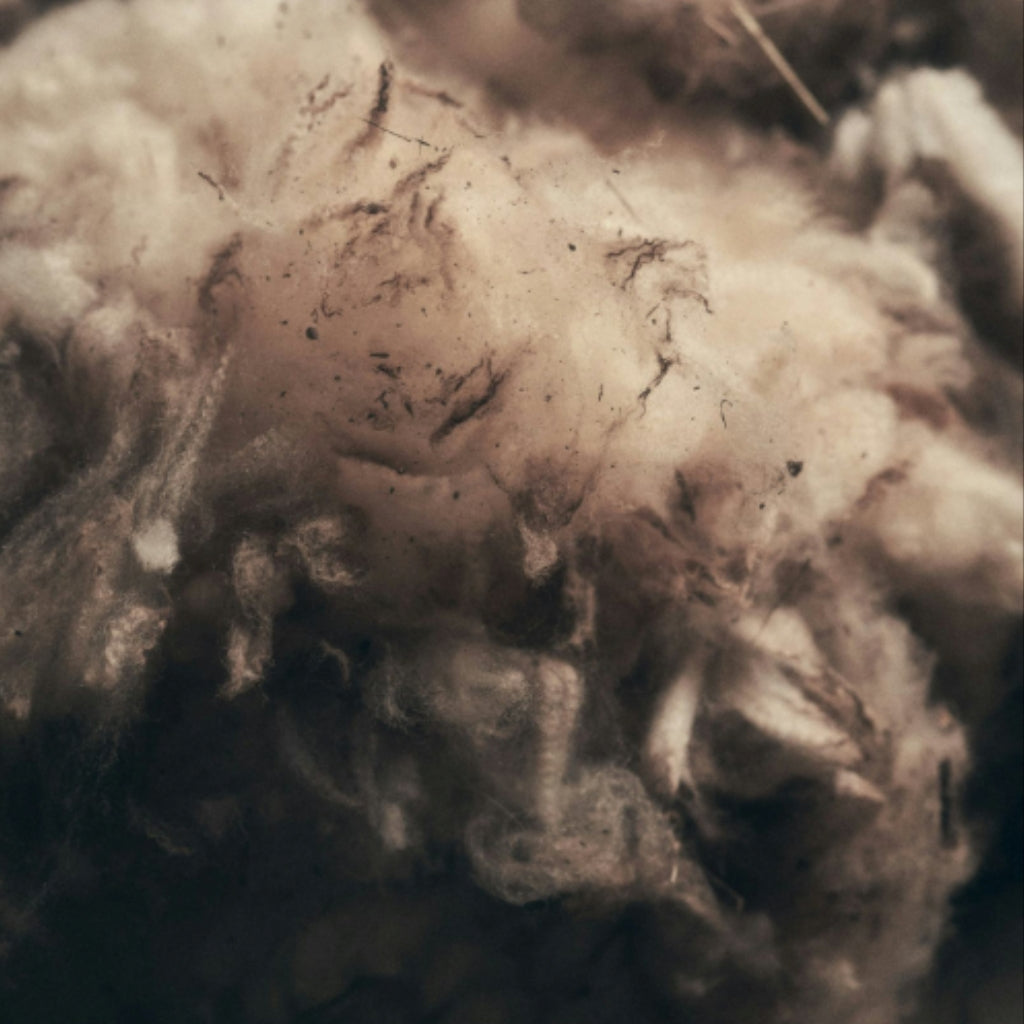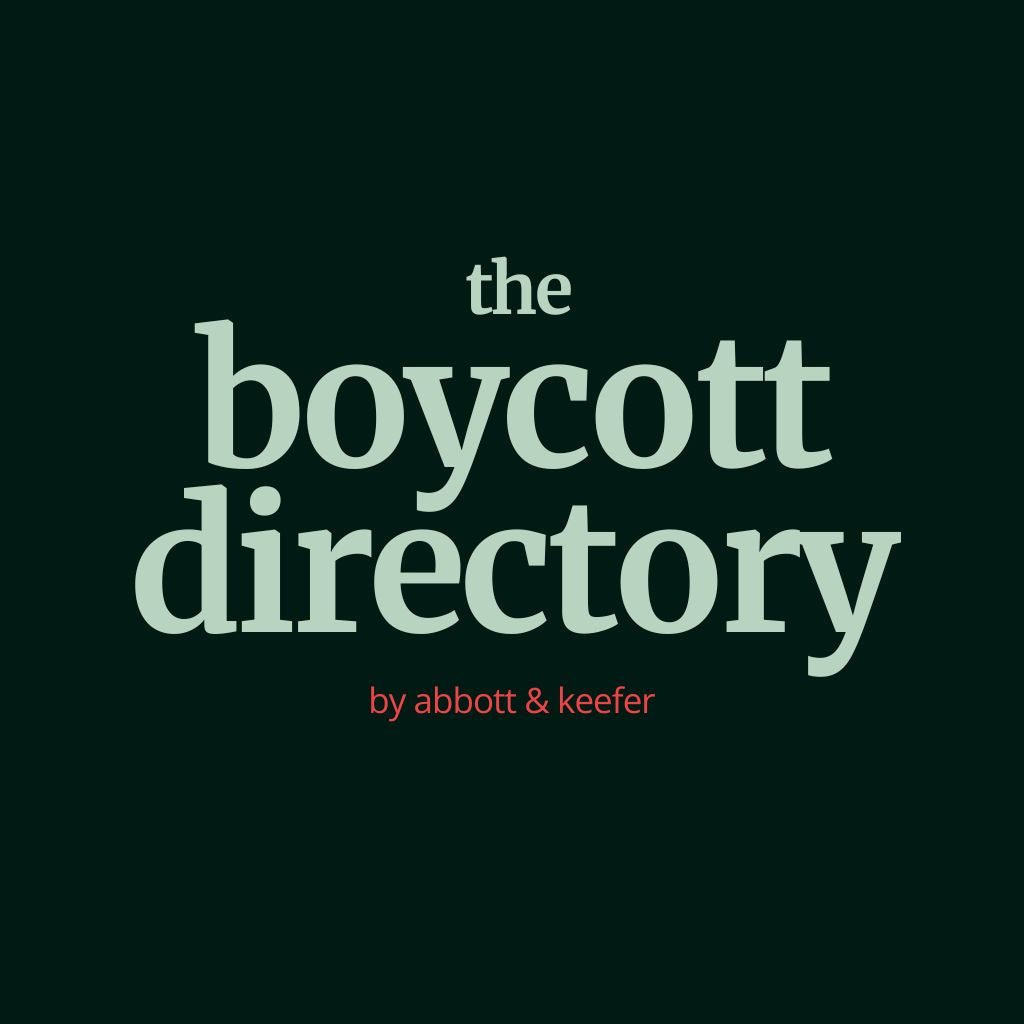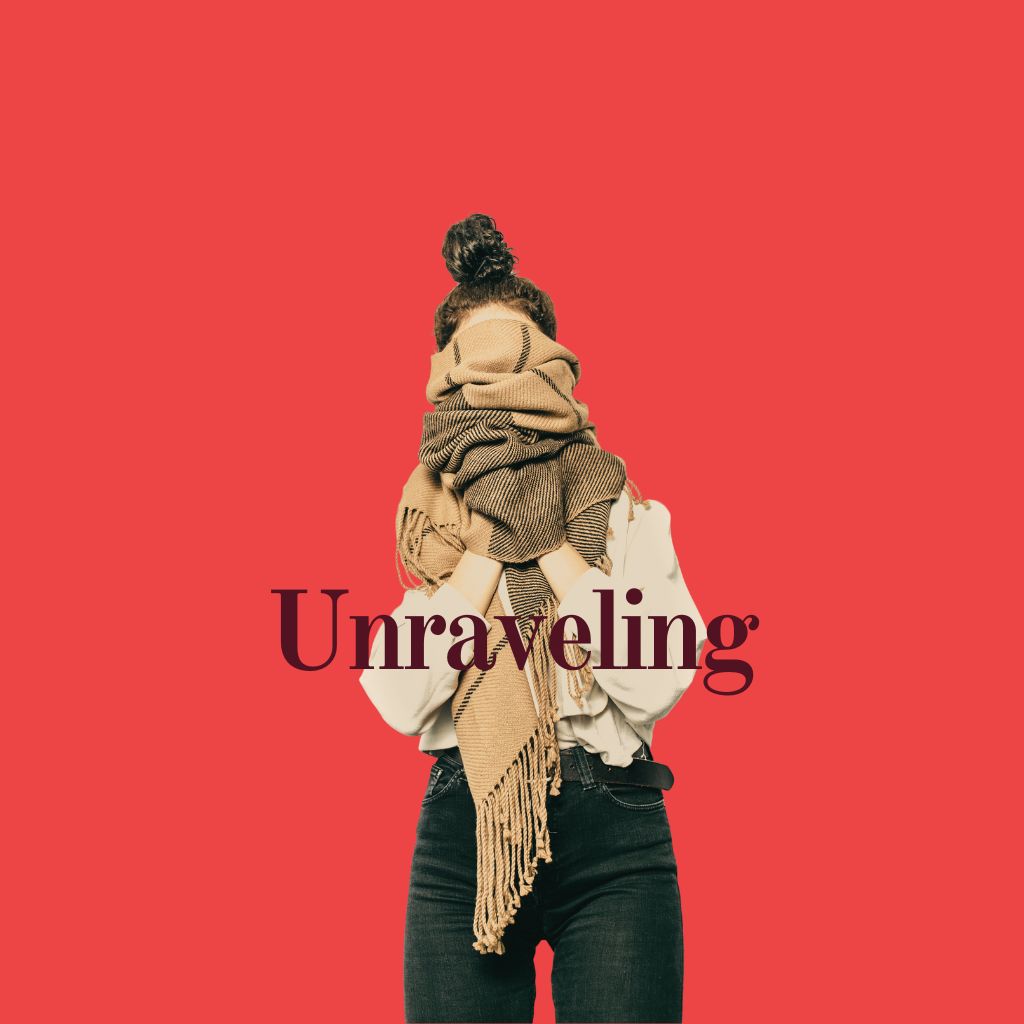A belief. A scarf. A beginning.
Abbott began in 2018 with a handwoven alpaca scarf and a conviction: beauty is shaped by integrity. The aesthetic is minimalist and the intentions layered.
A belief. A scarf. A beginning.
Abbott began in 2018 with a handwoven alpaca scarf and a conviction: beauty is shaped by integrity. The aesthetic is minimalist and the intentions layered.
We work with what lasts.
Design is careful and restrained and grounded in artisanship and natural materials that resist seasonal churn. Each style is produced in a limited run: just 50 made. Every piece carries a story of process and place; handwoven in Bolivia by a WFTO-certified cooperative, finished in our Vancouver studio, and packaged with eco-friendly materials.
We make fewer things. And make them well.
We work with what lasts.
Design is careful and restrained and grounded in artisanship and natural materials that resist seasonal churn. Each style is produced in a limited run: just 50 made. Every piece carries a story of process and place; handwoven in Bolivia by a WFTO-certified cooperative, finished in our Vancouver studio, and packaged with eco-friendly materials.
We make fewer things. And make them well.
We respect the people, materials, and processes that make our work possible. Our main stewardship goals are to ensure fair wages and to avoid overproduction.
What we make costs more because it falls outside of mass production cycles and is paid for honestly. And we think it’s worth it.
As we grow, so will our impact and the depth of what we can share.
We respect the people, materials, and processes that make our work possible. Our main stewardship goals are to ensure fair wages and to avoid overproduction.
What we make costs more because it falls outside of mass production cycles and is paid for honestly. And we think it’s worth it.
As we grow, so will our impact and the depth of what we can share.
What started as resistance in fashion is now widening into work that questions how we consume and connect.
What’s building here:
What started as resistance in fashion is now widening into work that questions how we consume and connect.
What’s building here:
